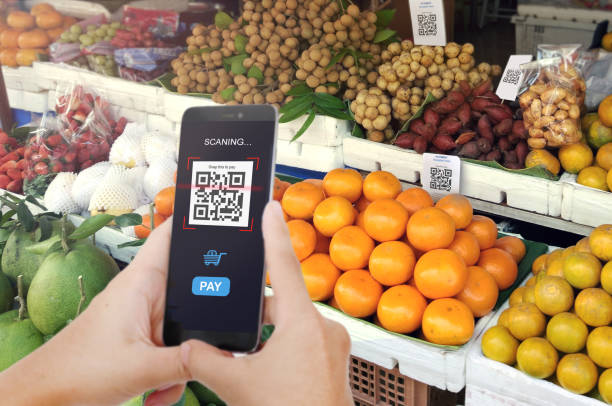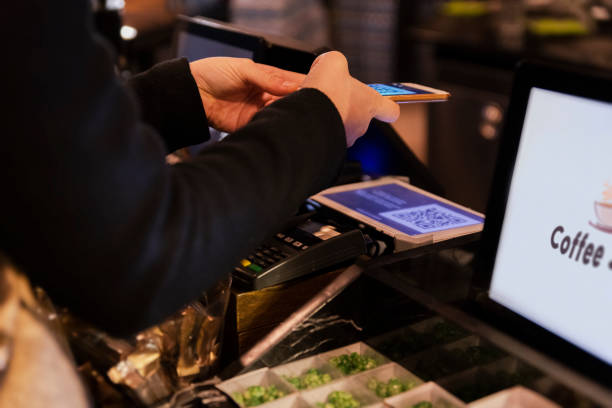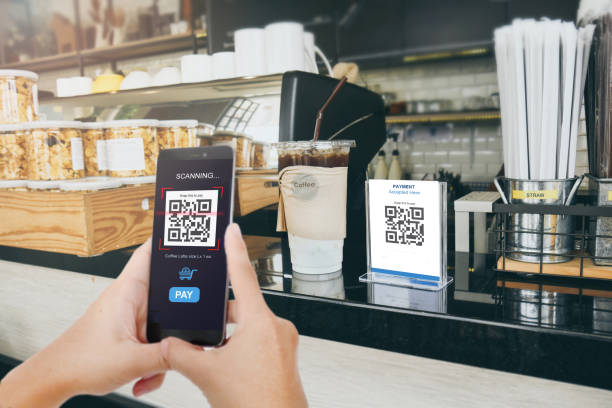How do i turn off nfc tags in cash app on iphone? (complete 2023 guide)
Are you being inundated with notifications every time you come into contact with a NFC Tag? Don’t know how to turn off the feature? If so, you’re in the right place – this guide will tell you exactly how to do it.

Near Field Communications (NFC) tags are becoming increasingly popular and allowing their users a more efficient and convenient way to pay for goods and services securely. Cash App is one of the most popular payment apps used on iPhone devices. It has enabled NFC users to make payments using their phones simply by touching their device against any NFC terminal.
This guide will provide complete steps on how to disable NFC tag from Cash App on your iPhone device without any hassle. After following these steps, you will be able to enjoy uninterrupted Cash App usage without any worries about getting spammed with unwanted notifications every time your phone comes into contact with a NFC tag.
What are NFC Tags and How Do They Work?
NFC (Near Field Communication) tags are small electronic chips that can be embedded in objects, such as stickers, business cards, and movie posters. When scanned by an NFC-enabled device such as a smartphone, the tag can transmit data including web addresses, contact information or even audio clips.
The technology is similar to RFID (radio-frequency identification), but NFC tags are typically read-only and can only send data instead of receiving it.How do NFC tags work? They use electromagnetic induction to create a short-range wireless connection between two devices at a distance of up to 4 inches (10 centimeters).
When an NFC enabled device (like a smartphone) scans the tag’s chip, data stored on the chip is transmitted and processed. This could be used for contactless payments, digital signage and event ticketing. NFC tags are incredibly versatile and offer convenience for both businesses and customers alike.
By using them you can make transactions faster and more secure while also providing valuable insights into customer behaviour.
Why Does Cash App NFC Tags Keep Popping Up?
Cash App’s NFC tags feature is designed to make transactions easier and faster by using Near Field Communication (NFC) technology. This technology allows two devices to interact with each other wirelessly when they are within a certain distance of one another. Unfortunately, this convenience can be annoying if the NFC tags message keeps popping up on your iPhone screen.
The most likely reason for this is that you have a credit or debit card near your device when you try to use Cash App. The NFC tag in the card broadcasts a signal that triggers the NFC feature in Cash App, which then causes the message to appear.
Although it may be annoying, you should not turn off the NFC tags feature in Cash App unless absolutely necessary as it is an important part of the payment process. If you do need to turn it off due to security concerns such as NFC skimming, you can do so in the settings menu of Cash App on your iPhone.
How Do I Turn Off NFC Tags on iPhone? (Step-By-Step)
If you need to turn off the NFC tags feature in Cash App on your iPhone due to security concerns such as NFC skimming, follow the steps below.
1. Open Cash App on your iPhone and tap the profile icon in the top right corner of the screen.
2. Select Settings and scroll down until you see “NFC Tags”.
3. Toggle off the switch next to “NFC Tags” and confirm your selection by tapping “Turn Off” when prompted.
This should disable all NFC tags that are associated with Cash App, making it difficult for scammers to steal information from your device using these tags. It is important to note that this will not disable any other NFC-based payments or services that may be available on your device, so you should only turn off NFC tags if absolutely necessary for security reasons.
Should NFC Be On Or Off?
The use of NFC (Near Field Communication) for digital payments and other interactions can be convenient, but it does come with some security risks. Whether or not you should keep NFC turned on is a decision that comes down to personal preference.
While there are benefits of having the ability to make contactless payments and share media with devices that are within close proximity, there is also the potential risk of data theft through NFC skimming.
If you have a newer iPhone, you likely won’t have the option to disable it as Apple has integrated it into their system. However, if you do have the option to turn it off, there are some things to consider.
Turning off NFC could potentially limit your ability to take advantage of certain features such as contactless payments or media sharing, but it will also protect your device from any malicious attempts at stealing information over NFC connections.
Ultimately, whether or not you keep NFC turned on is up to you and what level of security risk you’re comfortable with. Do your research and weigh both the pros and cons before making a decision.

Pros for Keeping NFC Turned On:
Keeping NFC turned on can provide several benefits and convenience. NFC allows users to quickly and easily make contactless payments with their phones, eliminating the need for credit cards or cash. It also enables data sharing between devices that are within close proximity, allowing for quick file transfers or media streaming.
Additionally, since it requires a password or fingerprint scan to use, it provides an extra layer of security over traditional payment methods. Ultimately, the pros of keeping NFC turned on far outweigh the potential risks if you take precautions to protect your data.
Cons for Keeping NFC Turned On:
Despite the convenience and security that NFC provides, there are some cons to consider as well. If your device is lost or stolen, someone could use NFC to gain access to your personal data without needing a password or fingerprint scan.
Additionally, NFC tags can be used for NFC skimming, which is a type of fraud where criminals use NFC to steal your payment information. Finally, while most newer phones have batteries that can handle the power demands of NFC, some older models may see a significant drain when NFC is turned on.
All these potential drawbacks are important considerations when determining whether to keep NFC turned on or not.
What is NFC Skimming?
NFC skimming is a type of fraud where criminals use NFC to steal your payment information. It works by installing an NFC chip on a payment terminal or hijacking an active NFC tag. For example, if you’re using Cash App to pay for something and the NFC tag is hijacked, the criminal can intercept your payment information and use it for their own benefit.
This type of fraud is becoming increasingly common as more people use electronic payments. To protect yourself from this type of fraud, it’s important to keep your device secure by setting up strong passwords and avoiding public Wi-Fi networks when making payments. Additionally, make sure that you regularly check your bank statements to ensure that all transactions are valid.
Can Your NFC Tag Be Used for NFC Skimming with Cash App?
NFC skimming is a type of fraud where criminals use NFC technology to steal your payment information. It works by installing an NFC chip on a payment terminal or hijacking an active NFC tag. If you’re using Cash App and the NFC tag has been hijacked, then your payment information could be at risk.
To protect yourself from this type of fraud, it’s important to keep your device secure by setting up strong passwords and avoiding public Wi-Fi networks when making payments. Additionally, always check your bank statements to ensure that all transactions are valid.
You should also turn off any NFC tags associated with Cash App on your iPhone if you have that option available as this can help reduce the risk of skimming.
How to Stay Safe if Using NFC
Using NFC can be a convenient and secure way to make payments, but there are still risks associated with it. To stay safe while using NFC, the first thing you should do is only use payment terminals at reputable businesses. Additionally, be sure to check for any signs of tampering before making a payment.
Common signs include the terminal being covered in tape or stickers, the model being modified or not the standard model, and the terminal not being secured to the counter. If you come across any of these signs, avoid using that payment terminal and report it to the proper authorities immediately.
Finally, keep your Cash App privacy settings up-to-date and turn off NFC tags if you’re not using them. By taking these steps, you can minimize your risk of becoming a victim of NFC skimming scams.

How to Find Your Cash App Privacy Settings
Your Cash App privacy settings can help protect your account from fraud and unauthorized access. To find your Cash App privacy settings, follow these steps: open the app on your phone, tap the “Profile” icon in the top-left corner of the screen, and scroll down to “Privacy.”
Under the “Security” section, you’ll be able to manage your privacy settings. Here, you can choose whether or not to enable Touch ID/Face ID or NFC tags for payments. You can also set up a passcode and toggle two-factor authentication on or off. By customizing your security settings, you can ensure that only authorized individuals have access to your account information.